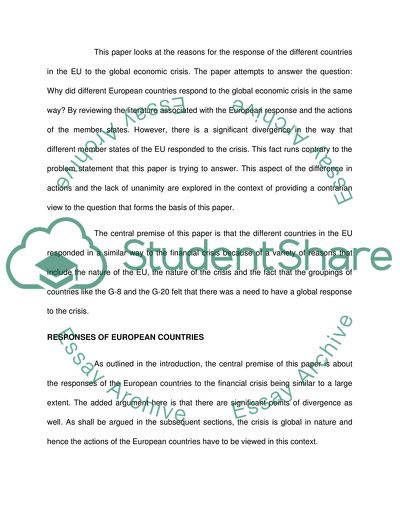Cite this document
(Responses of European Countries to the Global Financial Crisis Literature review - 2, n.d.)
Responses of European Countries to the Global Financial Crisis Literature review - 2. Retrieved from https://studentshare.org/macro-microeconomics/1736168-international-business-environment
Responses of European Countries to the Global Financial Crisis Literature review - 2. Retrieved from https://studentshare.org/macro-microeconomics/1736168-international-business-environment
(Responses of European Countries to the Global Financial Crisis Literature Review - 2)
Responses of European Countries to the Global Financial Crisis Literature Review - 2. https://studentshare.org/macro-microeconomics/1736168-international-business-environment.
Responses of European Countries to the Global Financial Crisis Literature Review - 2. https://studentshare.org/macro-microeconomics/1736168-international-business-environment.
“Responses of European Countries to the Global Financial Crisis Literature Review - 2”. https://studentshare.org/macro-microeconomics/1736168-international-business-environment.


